Artists who Died Young
Why do great artists die young?


It’s a nearly mythological phenomenon. A young creative genius takes the world by storm. Their artwork, music, poetry—it’s raw. Unfiltered. The strength of their message, their confusion, energy, love and pain jump into our hearts. Then they overdose, die of illness, or take their own life. In music they call it the 27 club, of which Jimi Hendrix, Janis Joplin and Kurt Cobain are members, and the art world has its own list of young artists snatched by death.
Gothic engraver Aubrey Beardsley died at 26 of tuberculosis. Gifted 16th century painter and art teacher Elisabetta Sirani wasted away from peritonitis at 27. Eva Hesse gave objects new lives in sculpture and was killed by a brain tumor at 34. And there are many more.
So what’s going on? Does creativity kill?
Theories abound, and even a few scientific studies tackle the subject. Mark Bellis and his team at the Centre for Public Health in Liverpool studied the mortality of rock and pop stars, finding that one year after ‘making it big’ the survival rate for North American pop stars was 12.4% lower than the general population. But the crux of Bellis’s research measured the impact of fame, and the risk-taking and illicit substances it often includes. Some of our artists lived fast and died understandably young (we're looking at you Caravaggio), what about the artists who weren't famous in their lifetimes?
Career coach Todd Brison offers another explanation: that artists don't die younger than most people, we just remember the ones that do. Brison points to our innate fear of death as the source of our fascination with artists dead in their prime. He also cites the psychological bias of the Isolation Effect, when humans remember the outlier from a list of similar items, and speculates that death inflates our sense of an artist’s value, similar to JFK’s current 90% approval rating among Americans.
But the art market may not support Brison’s theory. The so-called ‘death effect’ claims that an artist’s death marks the end of their artistic production, and scarcity will increase the value of their work. But in their book The Economics of American Art, researchers Ekelund and Jackson measure the death effect, and discover that it only appears for living artists, in the five years leading up to the artist’s death. Essentially, when the art market thinks you're about to die there’s an increased interest in your work, but after you're dead, demand returns to normal.
The theory creative people secretly over is that the creative act itself is so taxing that artists literally destroy themselves to create art. That stress, self-doubt, and the torture of never quite being able to manifest your visions destroys your immune system and erodes your mental stability, leaving artists vulnerable to disease and suicide. And wouldn't you know, this might be true.
A study of suicides in the UK from 2011-2015 by the UK Office for National Statistics, and a concurrent study in the U.S. by the Center for Disease Control found that people who work in arts-related jobs are up to four times more likely to commit suicide than the national average. Unsurprisingly, these studies led to an explosion of alarmist articles on their release in 2017. But the sensational headlines left out a crucial detail, that other, non-arts professions had similar suicide rates. Among men, construction and mining jobs had higher suicide rates than jobs in the arts, and among women—police officers, service industry and healthcare workers had similarly high suicide rates. Which begs the questions, is it creativity that kills, or professions that lack upward mobility, robust retirement and health plans, and require long hours?
With so many interlacing theories, we may never have a conclusive word on whether artists die young more often than the rest of us. But for now, it looks like we're safe to pick up the brush, dust off the pastels and let our creativity loose. Remember to take care of yourself, be patient as you learn, and take your vitamins.
...
Got questions, comments or corrections about Artists who Died Young? Join the conversation in our Discord, and if you enjoy content like this, consider becoming a member for exclusive essays, downloadables, and discounts in the Obelisk Store.


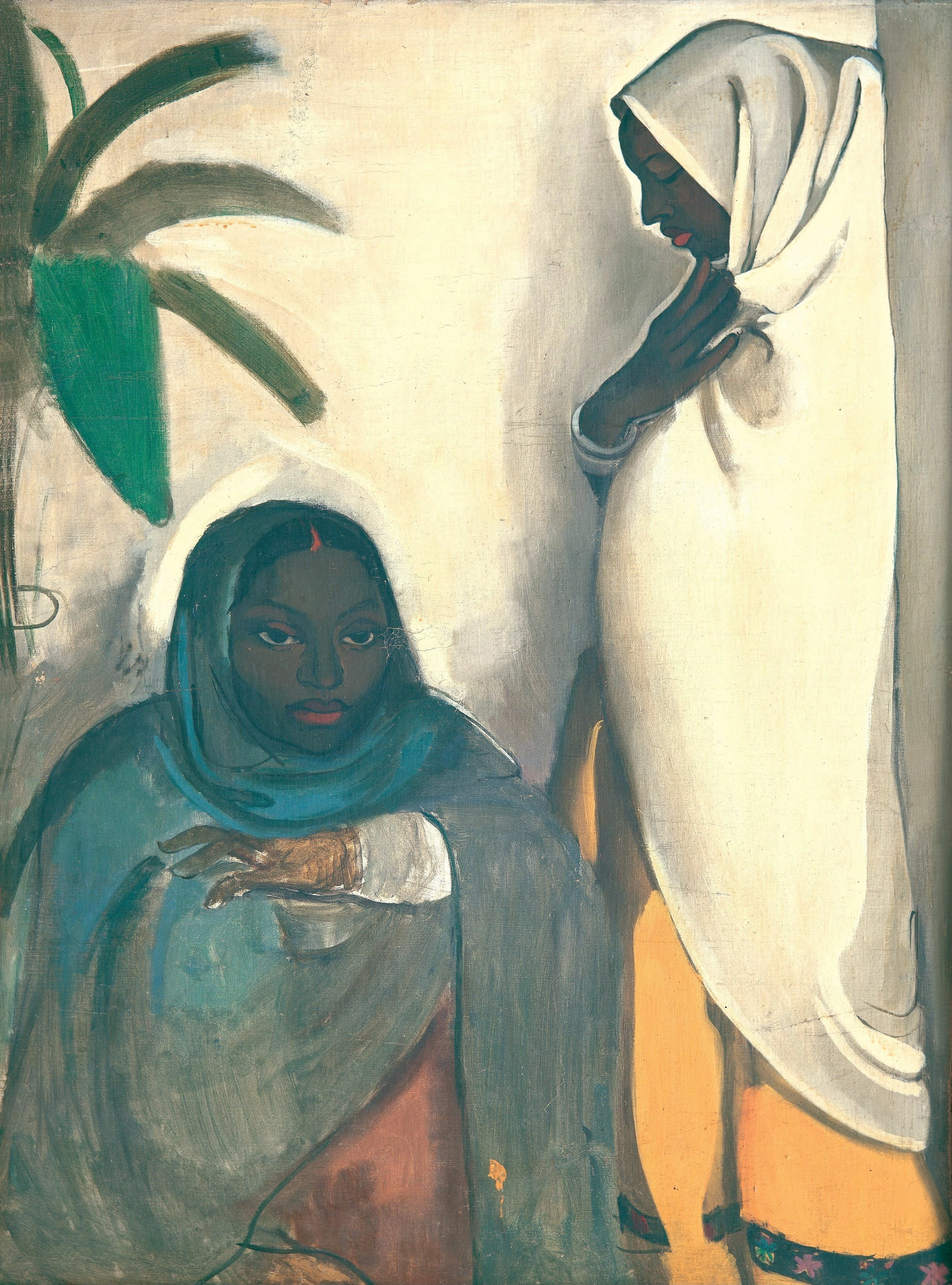

The truncated lives of women
1913 – 1941



Prophet of the violent, industrial future
1888 – 1916

"If I am not grotesque I am nothing"
1872 – 1898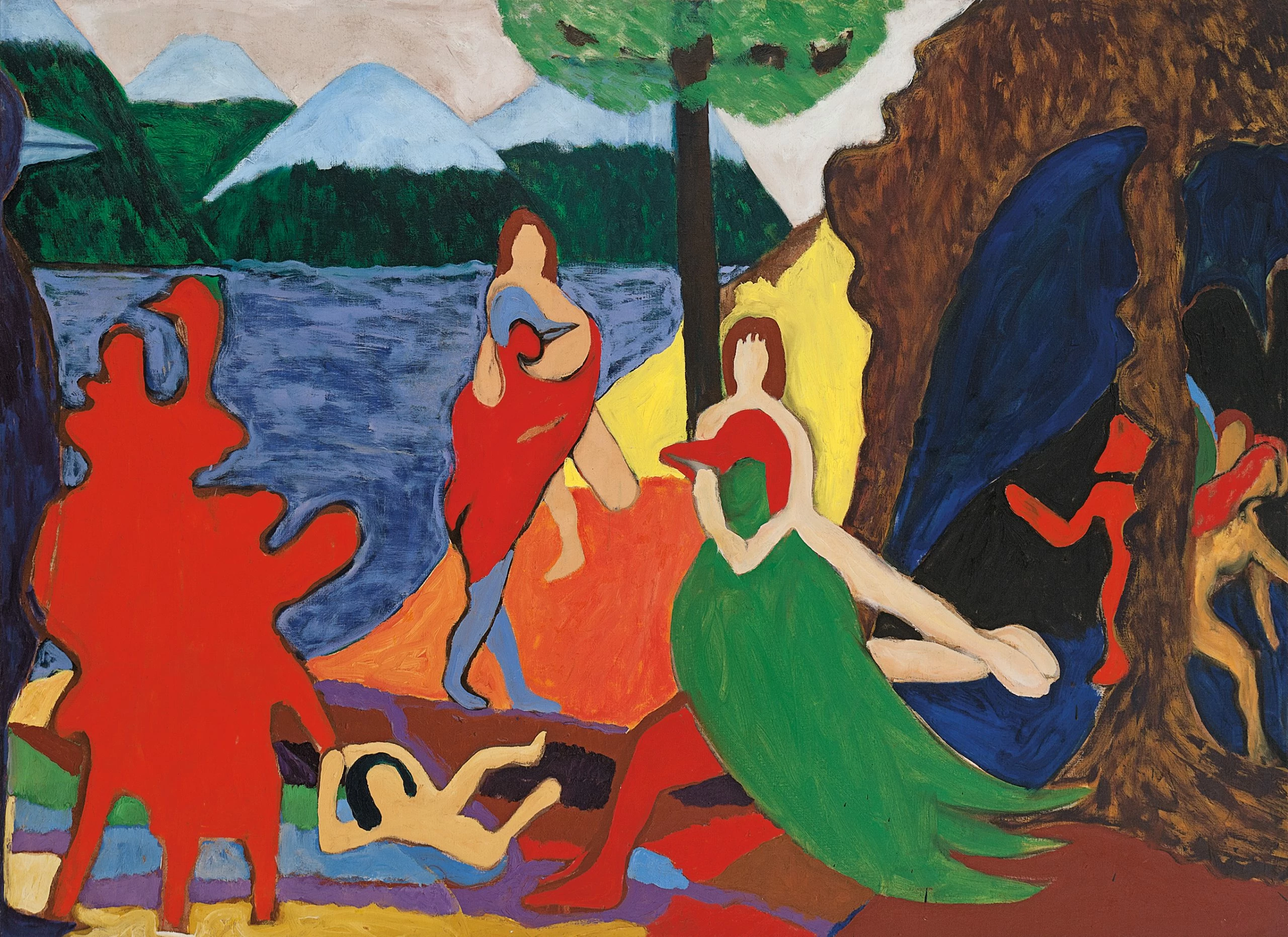



How a murderer invented Baroque painting
1571 – 1610

A childhood introduction to death leads to success, at a price
1857 – 1890

Father of a dynasty of Tanzanian painters
1932 – 1972

Genius dead at 28
1890 – 1918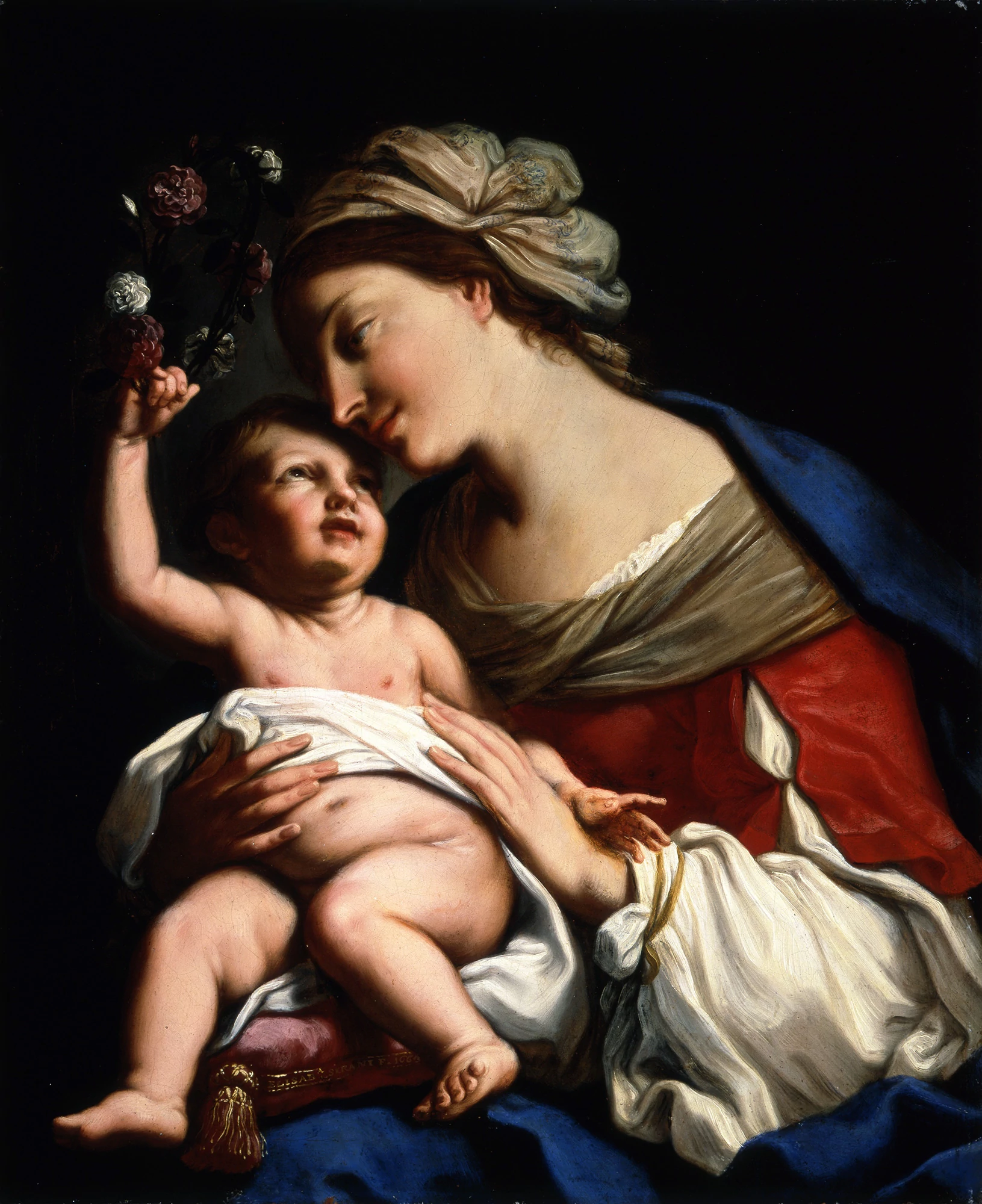

The mysterious death of a young art teacher
1638 – 1665
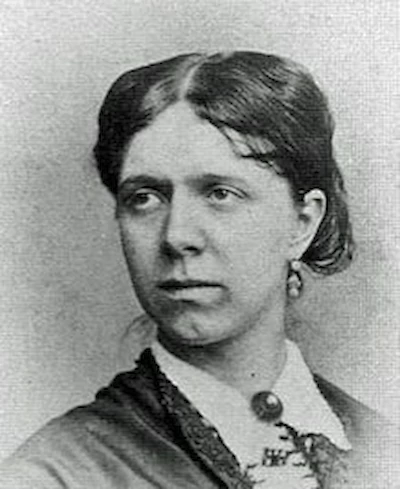


Living materials
1936 – 1970

Bright color and sinuous form
1880 – 1916

Even death will not stop us
1847 – 1879



Manipulating emotion with color
1859 – 1891

Rich color and mood like smooth syrup
1477 – 1510

Too many prostitutes and too much absinthe
1864 – 1901

A quiet boy paints cats in a new style
1874 – 1911

A life of longing
1916 – 1956
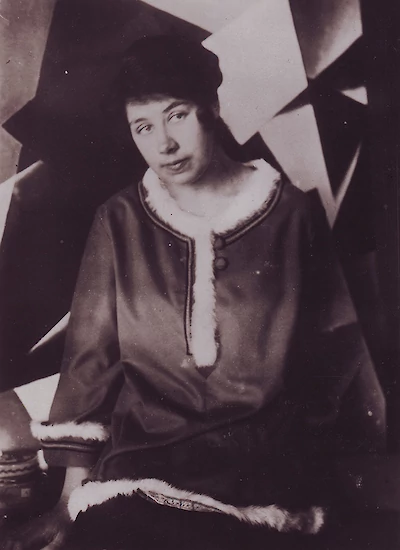
We shall remake the world
1889 – 1924

The line between art and sex
1851 – 1896

"To live so filled with ambition, and at the end, oblivion!"
1858 – 1884





The intellectual mother of Abstract Expressionism
1886 – 1918

Why do Expressionists die young?
1876 – 1907

Star boy parties himself to death
1483 – 1520

Relationships with physical landscape
1938 – 1973



Who carries the memory of the people?
1947 – 1981

A bad time to be an artist in the Baltics
1924 – 1970
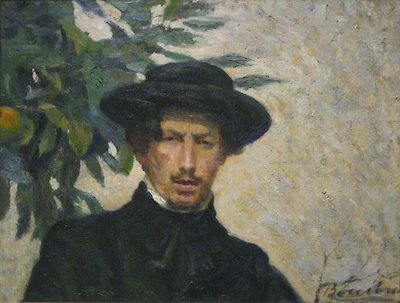
Why can’t I stop painting my mother?
1882 – 1916

Eloquent writer forges new path in painting
1853 – 1890